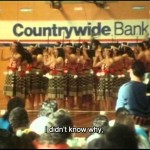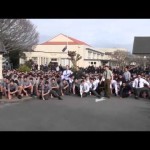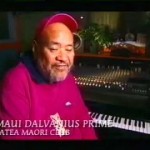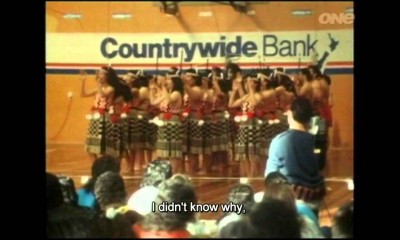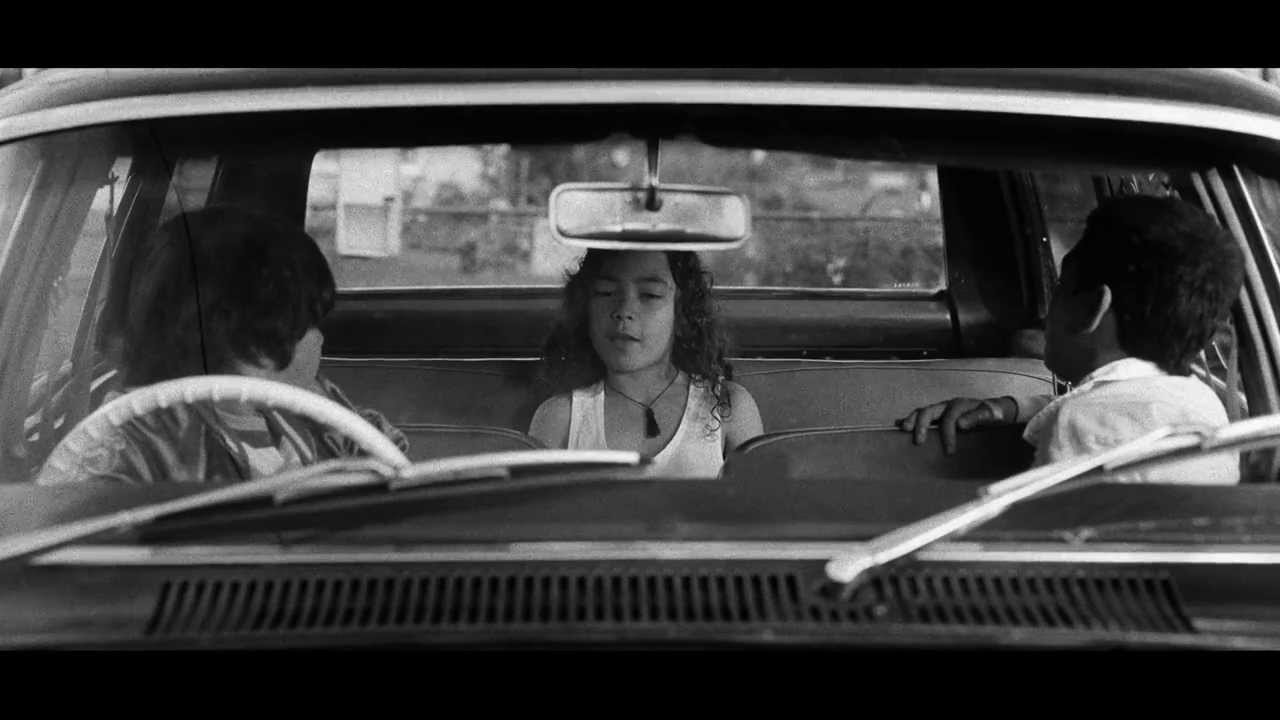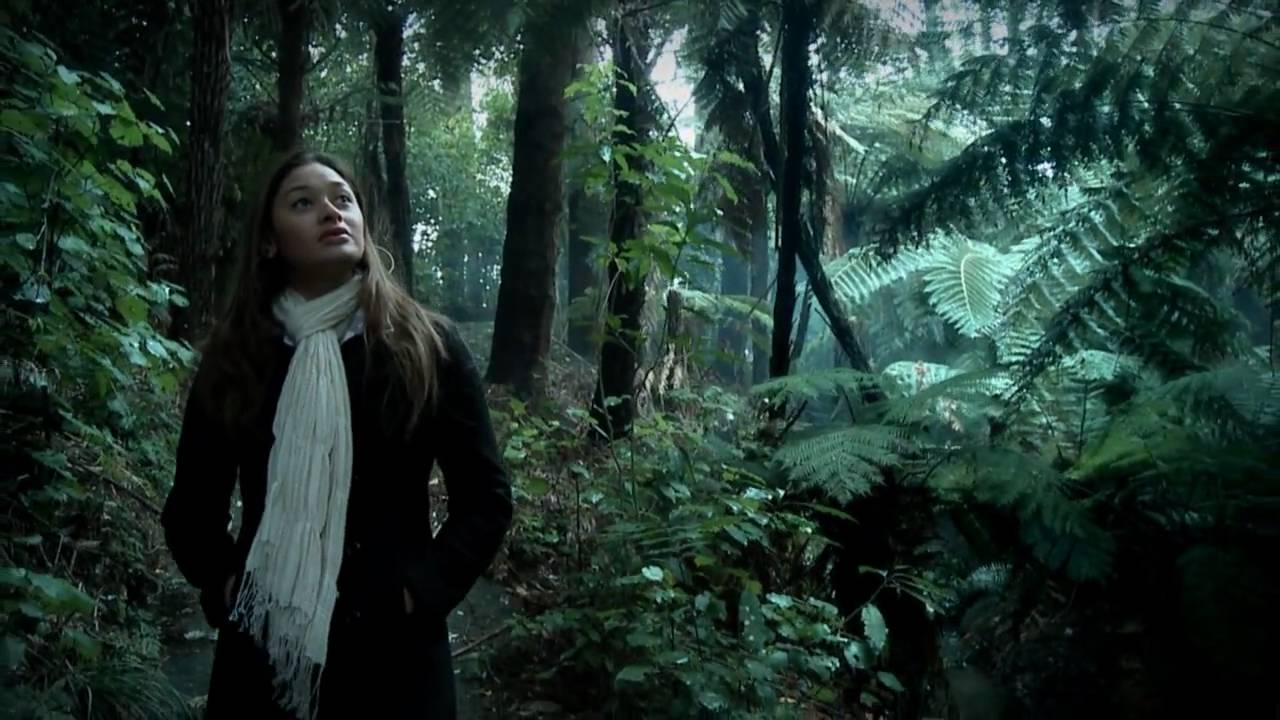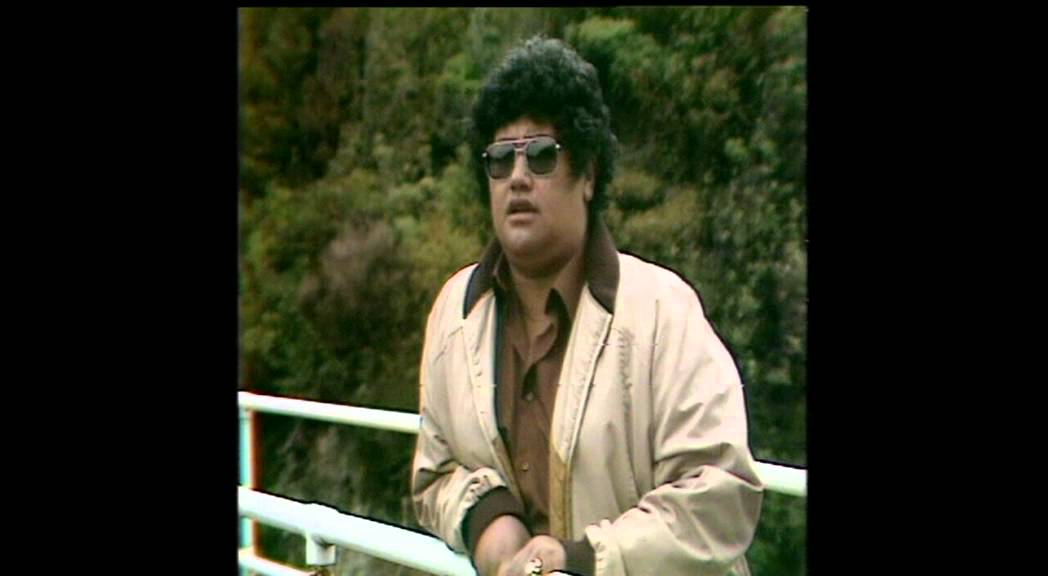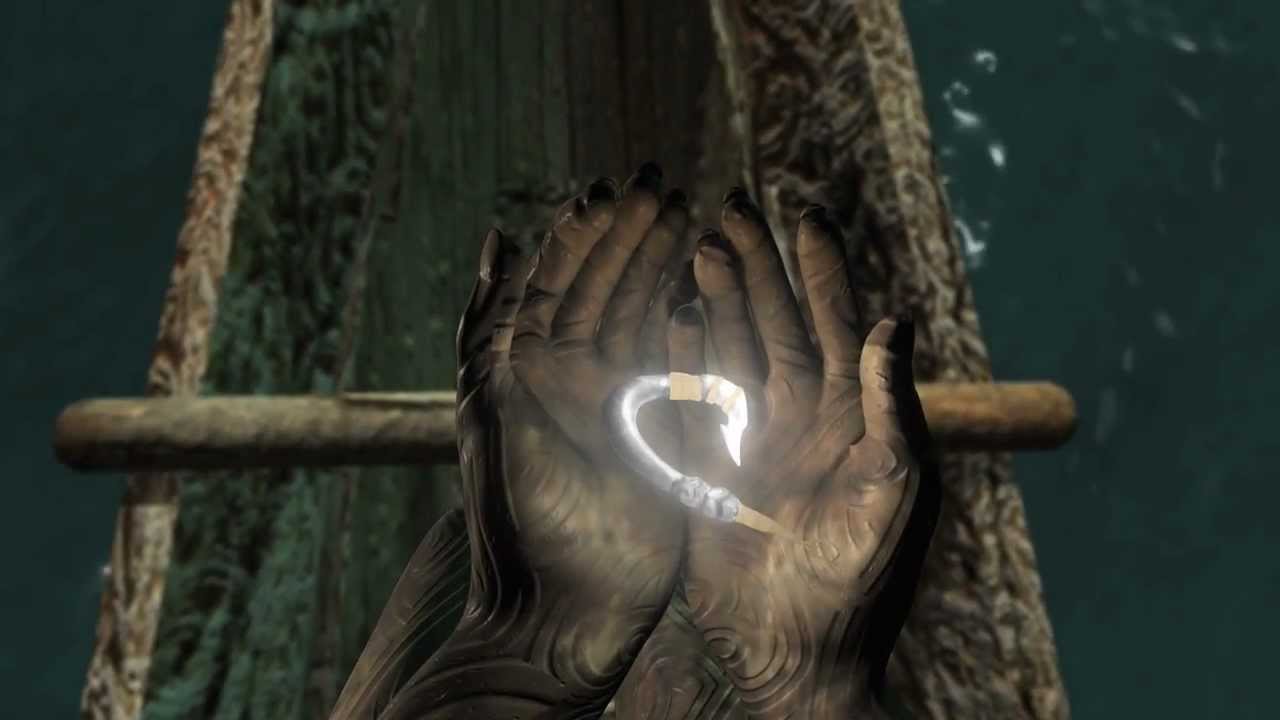Part 2 of 2 Maori stage production Arohanui — The Greatest Love Waka Huia TVNZ 4 Dec 2011
This documentary will take a behind the scenes look at the blood sweat and tears that has gone in to Maoridom’s latest stage production, Arohanui — The Greatest Love, featuring 30 of New Zealand’s best kapa haka performers in an energetic and emotional theatrical celebration.
Tapeta & Annette Wehi – Directors Of Kapa Haka
Tanemahuta Gray – Artistic Director
Jim Moriarty MNZM – Tumuaki Toi Whakaari /Theatre Director
Helen Pearse-Otene – Kaituhi, Kaiako Toi Whakaari /Writer, Acting Tutor
Te Matatini, national organising body for the biennial Maori Performing Arts Festival, has embarked on a new adventure with Arohanui. The production is epic in size and scope, sound and visuals, a choreographed cross between rock-opera and dance-drama.
The capacity audience on opening night was abuzz with enthusiasm before curtain up, and loathe to leave at the end.
The large production team and cast brought abundant energy to the performance and three children had a particularly impressive presence as they moved confidently in and out of different movement styles. Much effective use was made of a moveable set of great cubes graphically lit to suggest shifts in time and place.
Haka, waiata, poi were interspersed with song, speech, mime in a narrative of a protracted encounter between Ngati Kaitipua on earth, and Ngai Parehe in the fairy world. There is a pact to lend a mauri stone that will bring fortune and fertility to Kaitipua, but the price after some years will be great – their chief must hand over his child to Parehe. The mother’s anger will prove a force to reckon with.
The ghostly blue and silver Parehe made spooky contrast with full-blooded humankind, bringing resonances of The Lord of the Rings into the themes of trust and treachery, revenge and reconciliation, love and loyalty. There remained a distinct sense that the force for good might achieve a truce, yet the cycle of future revenge will be a hard one to break.
This is not the first time Maori theatre has moved us. Bring back Porgy and Bess. And Earth and Sky. Memories endure of the striking haka in Grey Veredon’s choreography, Tell Me a Tale. This very weekend in Wellington, the Tudor Consort performed Douglas Mews’ poignant composition after the traditional lament of the fairy chief, Te Rangipouri, for the human love he knew but lost. Back in 1898, a request for war dances not to be performed in Wellington’s Opera House in front of the visiting Vice Regal party, “on account of the dances’ alleged depravity” gives us all a measure to mark the century since.
All traditional dances and musics carry the wisdom of forebears, yet are endangered species in today’s fast, expensive world of sound-bite, cut, delete. They need respect and encouragement to survive and adapt. They need interpreting and appreciating. Arohanui is on the case.

